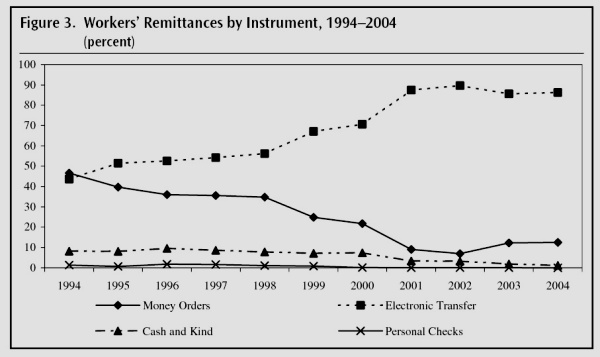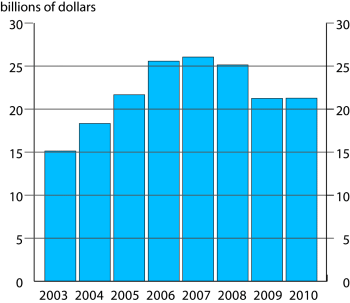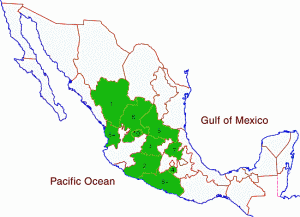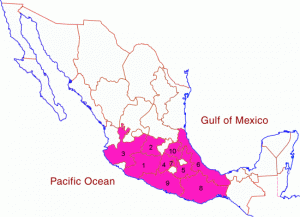What are the characteristics of a “typical” remittance? The average remittance amount has remained fairly stable in the past decade. Migrants sending remittances do so about once every month, and send between $280 and $370 each time. Remittance amounts tend to decrease over time; migrants who have lived in the USA for a long time send fewer dollars back home than those in their first year or two. Some migrants continue to send funds back home even after living for 20 years or more in the USA. [This post is based on the World Bank Working Paper by Raúl Hernández-Coss, entitled The U.S.–Mexico Remittance Corridor: Lessons on Shifting from Informal to Formal Transfer Systems.]
The recipients
Remittance payments do not only go to Mexico’s poorest families. Recent surveys show that the there is very little difference between the monthly income of recipients of remittances in Mexico and the national average monthly income. The educational level of recipients is also close to that of the overall population.
The last mile: how do recipients receive remittances?
Depending on how they are sent, remittances can be collected by recipients in Mexico in several different places. These include banks, some department stores, post offices, casas populares (akin to credit unions), microfinance institutions, neighborhood stores and currency exchange outlets.
Effects of Remittances on Recipient Communities
These effects can be examined at a variety of scales.
At the household level, remittances are believed to have an overall positive effect on the recipient economy. Some studies have reported that remittances from the USA account for 20% of the capital invested in micro-enterprises in Mexico. The spending of remittances has a multiplier effect in local communities. On the other hand, remittances may also have some negative effects on households. Some families may become overly dependent on regular remittance payments and lose the incentive to work or improve labor skills.
At the community level, remittances from the USA are often used for community projects in the migrants’ “home” towns and villages in Mexico. This implies a much greater degree of organization (than for household-level impacts) and carries socio-political implications. There are dozens of “Home Town Associations” in the USA, each linking migrants to their home community. In many cases, these give migrants an on-going, increasingly effective, voice in the decisions taken in their home communities.
On the flip side, remittances have inflated the price of land and property in some communities, as many migrants use remittances to purchase property in their native community with the intention of eventually returning to live there. In some villages, the large houses they have built remain empty most or all of the year, too expensive to rent at local rates.
Migrants have acquired some political power. This has been recognized by the Mexican government which has introduced mechanisms allowing Mexican migrants to register and vote in presidential elections.
Case study: remittances received by Tlacolula (Oaxaca).
The city of Tlacolula, in Oaxaca, has about 13,500 inhabitants and is a marketing center for surrounding municipalities. Remittance funds sent back to Tlacolula is first used to pay off any debts incurred in financing the trip to the USA. Most of the remainder is then used to build houses. In the past decade, the value of land and building materials has risen extremely rapidly. For instance, it is reported that a 400-square-meter building plot that cost $10,000 (dollars) a decade ago now costs about $60,000. Returning migrants do not always bring savings back with them, but do bring new skills, and possibly tools, such as those required to be an electrician or plumber.
Active participants in globalization
As the World Bank study states, “The families and communities affected by remittances are active participants in globalization. In addition to exchanging funds, they maintain ties between migrants and their origins, as people move north, and money moves south. The exchange does not stop with personal family remittances. Links between communities on either side of the border are also fostered through home town associations (HTAs).” We will look more closely at HTAs in a future post.
Related posts:
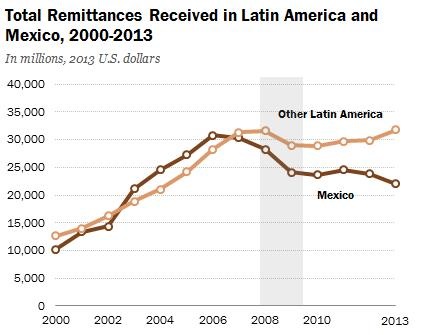
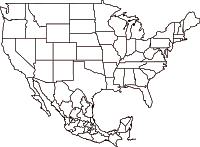 Click for printable pdf map
Click for printable pdf map
